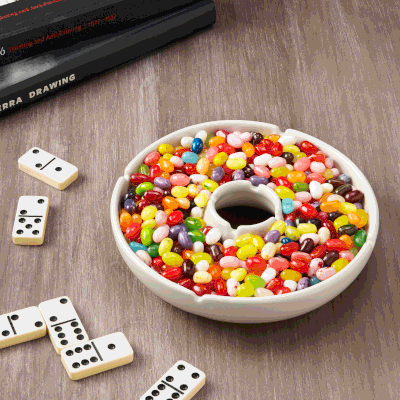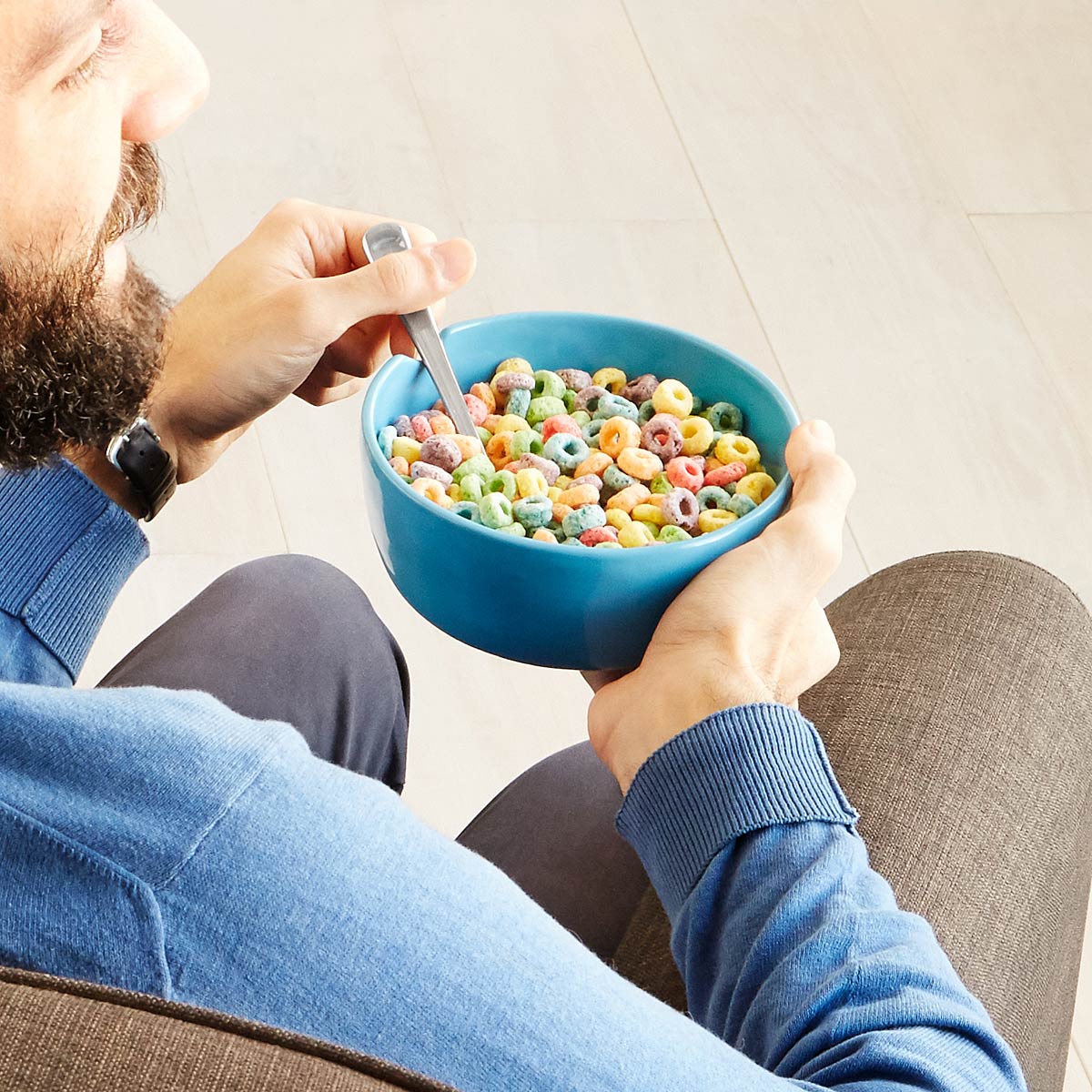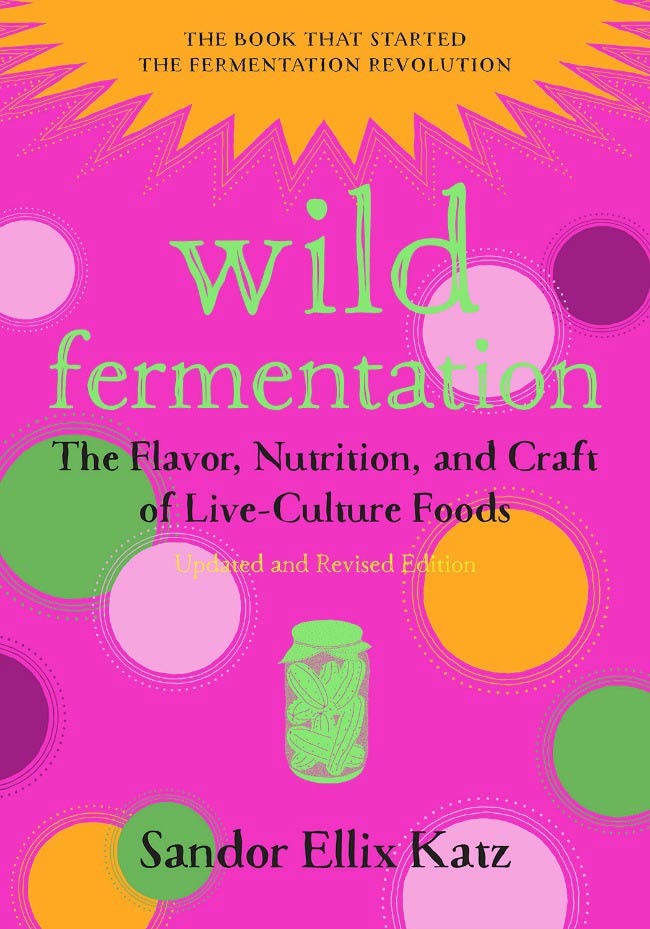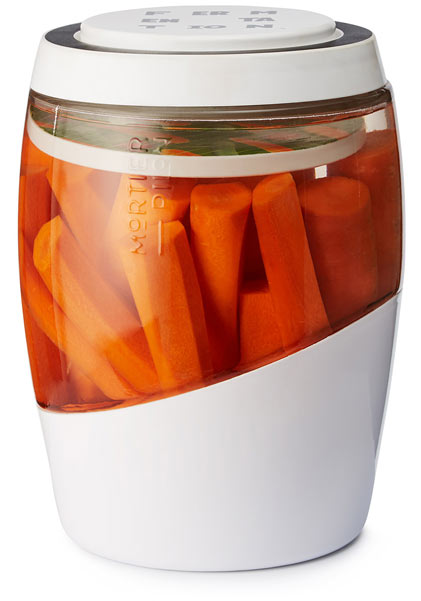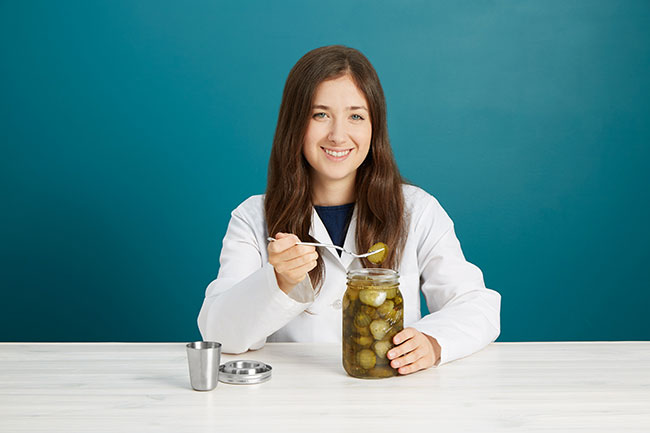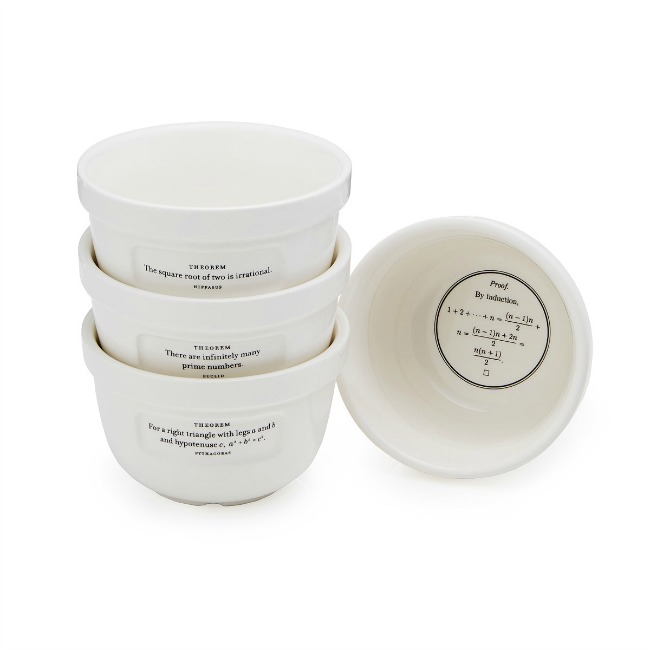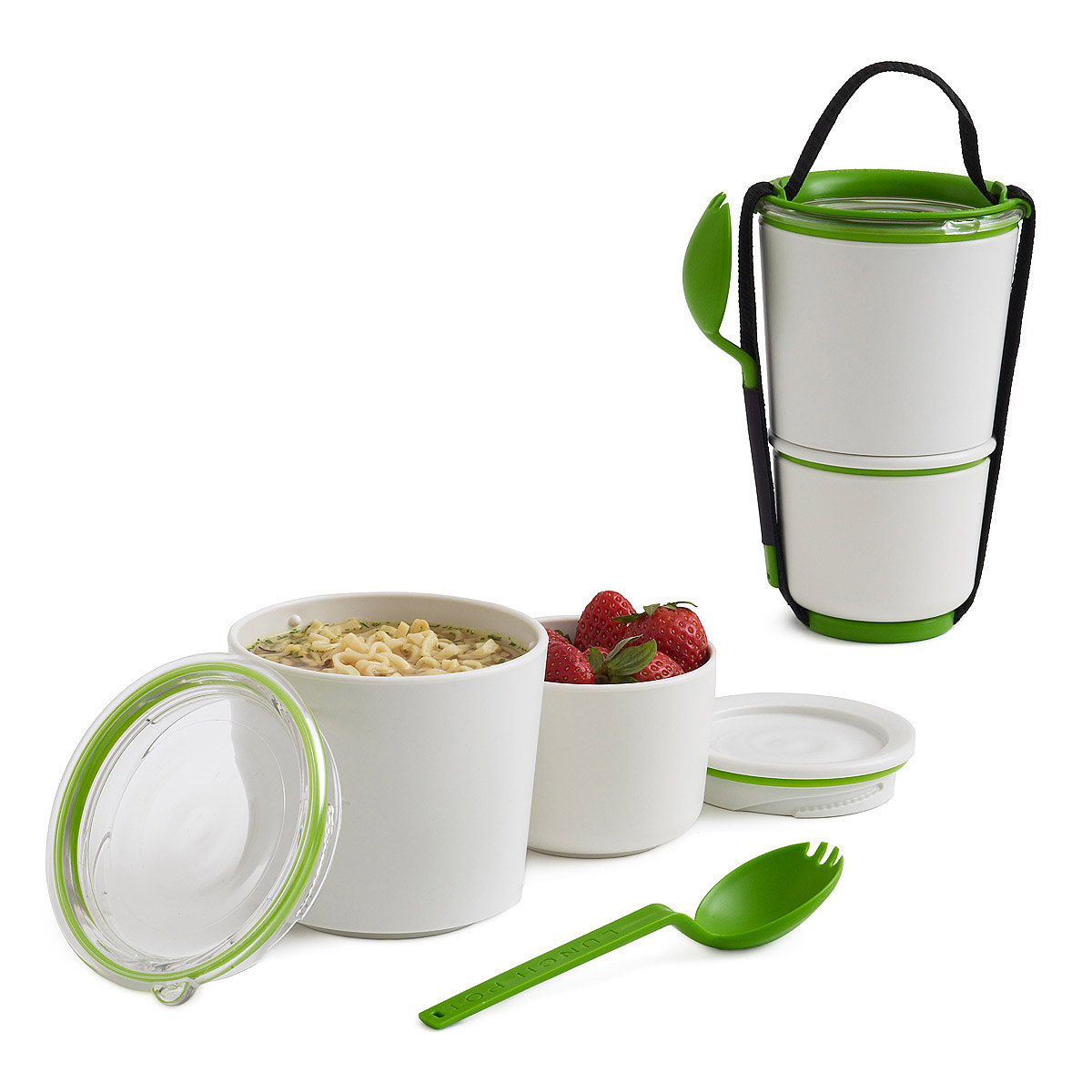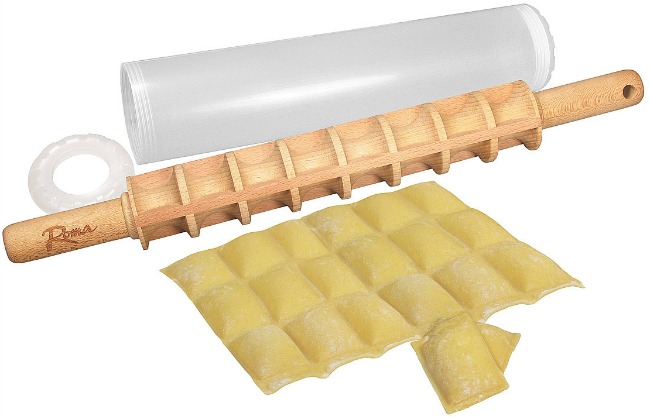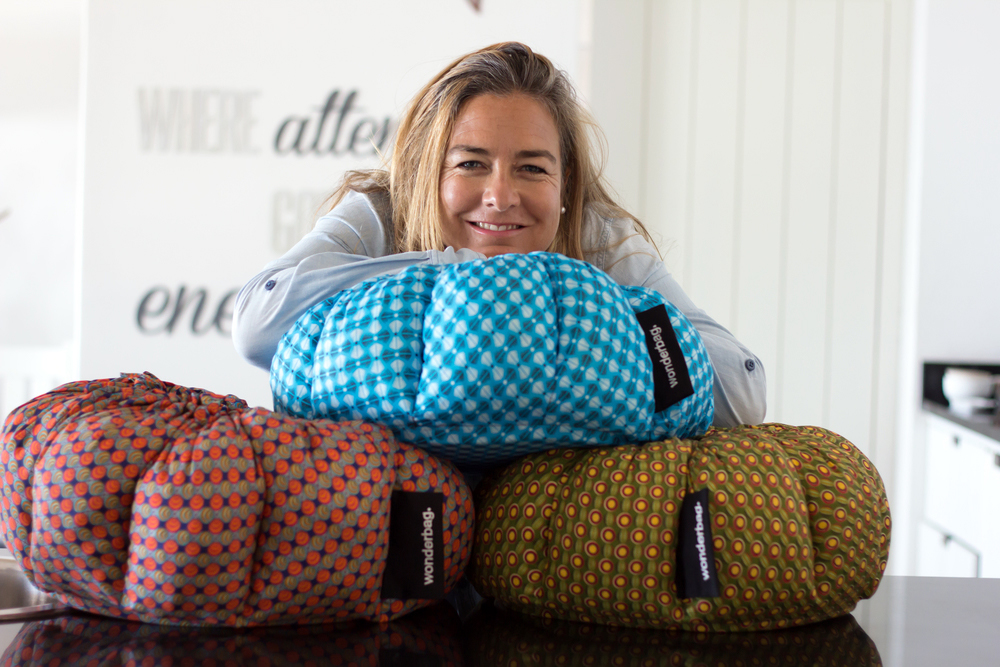
Sarah Collins, inventor of the Non-Electric Slow Cooker
Picture this: You want to cook a meal. In the US, this is an easy enough proposition, if occasionally tiring. You take a trip to the grocery store, prep your ingredients, and leave them to cook, whether in an oven, on a stovetop, or in a slow cooker. Before too long, you sit down and eat. Simple, right?
In rural Africa, no such luck. For many women, making a meal is a long, costly process fraught with danger. Every day, women across the continent spend up to seven hours collecting firewood to use for cooking, walking between 3 and 6 miles, taking away time that could be spent working or bonding with family members, and risking sexual assault and attacks by animals along the way. Those who don’t collect firewood often cook with charcoal, a fuel that eats up a sizable chunk of a rural family’s income—think along the lines of one third. The actual cooking takes hours, and the use woodfuels combined with that of an open flame contributes to potentially deadly levels of indoor air pollution. In providing for their families, these women make sacrifices that are unimaginable to many, risking their health and livelihood for the sake of a single meal. A trip to a packed Trader Joe’s at 6 o’clock on a Tuesday pales in comparison.
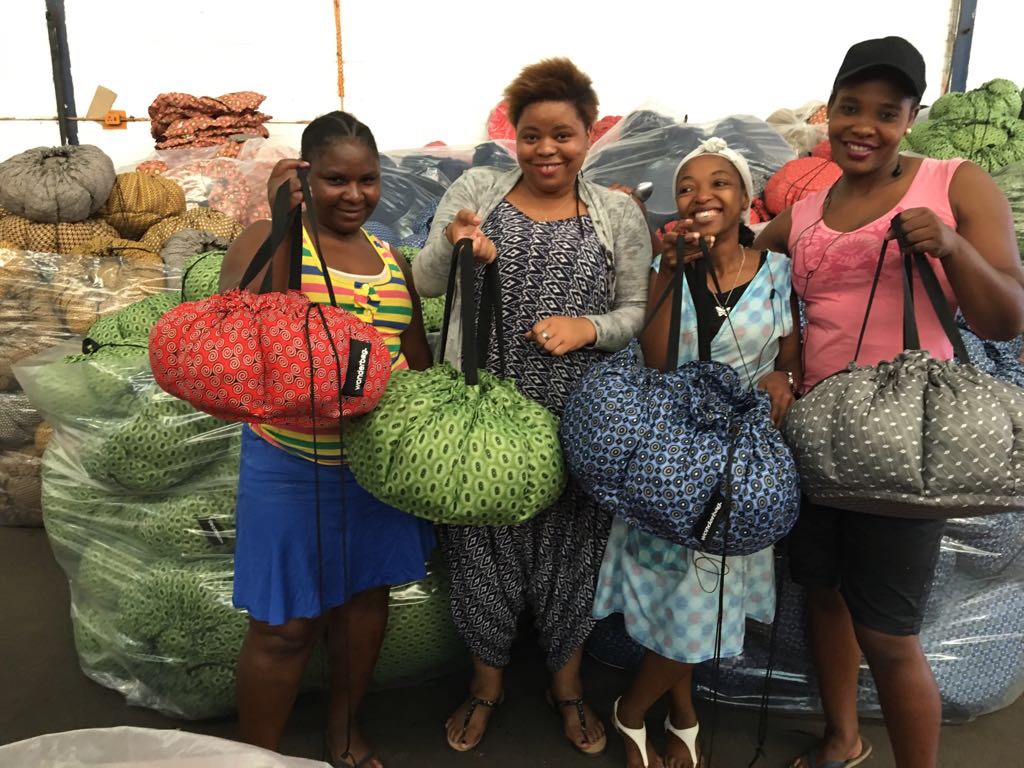
For South African entrepreneur Sarah Collins, this was a key problem. Her lifelong mission to empower rural Africans has manifested in many types of work, from conservation to political action, but perhaps her most meaningful contribution has been the invention of the Non-Electric Slow Cooker, also known as the Wonderbag. Now available for purchase from UncommonGoods, Sarah’s slow cooker—made from patterned cotton fabric stuffed with repurposed foam—keeps food brought to a boil cooking for up to 12 hours simply by trapping heat. For every Non-Electric Slow Cooker purchased in the developed world, another is donated to the Wonderbag Foundation, an organization that distributes Sarah’s invention to communities in need throughout Africa. Because the Non-Electric Slow Cooker doesn’t require an open flame to keep food cooking, it reduces pollution and deforestation throughout Africa and keeps rural women and families safer and healthier, freeing up their time and money for work, play, and family bonding.
As a certified B Corp, UncommonGoods is committed to offering sustainable, socially responsible products. When we first heard about the Non-Electric Slow Cooker, we were intrigued—we’d never heard of a slow cooker made out of foam! Once we learned of its impressive effect in Africa, though, we knew we needed to hear more from its inventor. Read on for more of Sarah’s story—including advice on how to contribute to her mission, even from afar.

